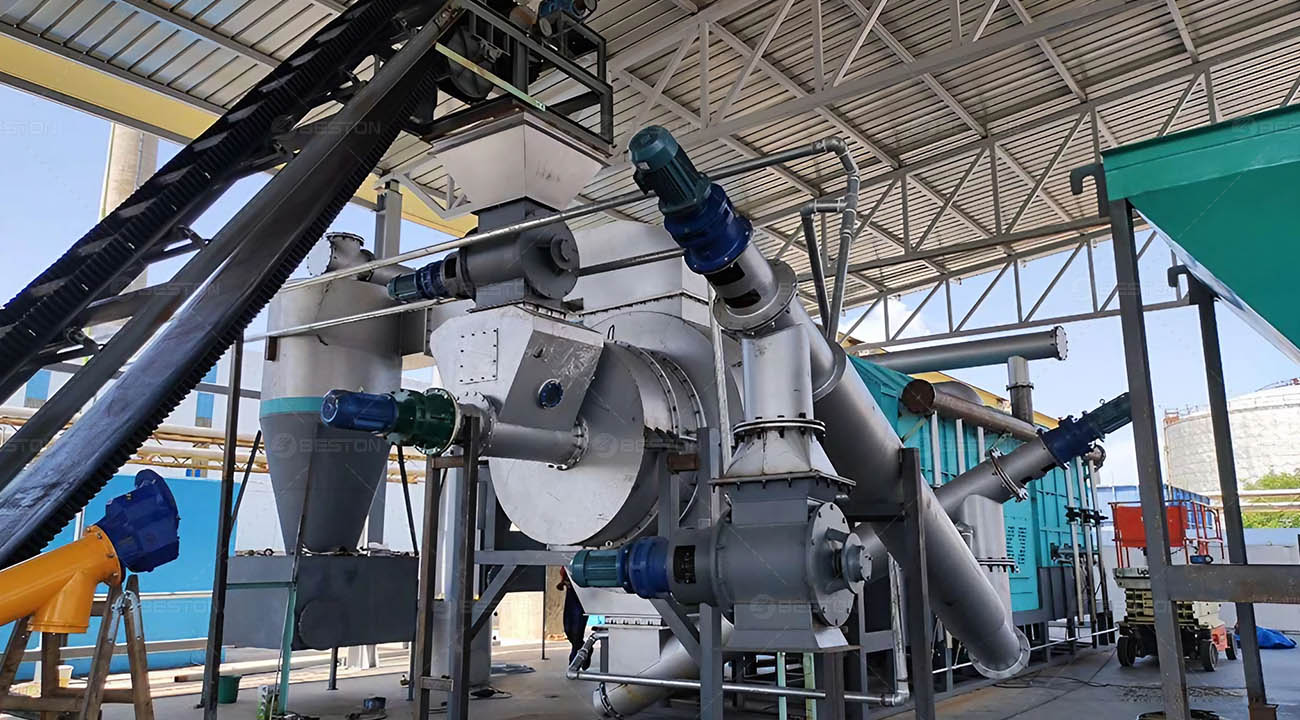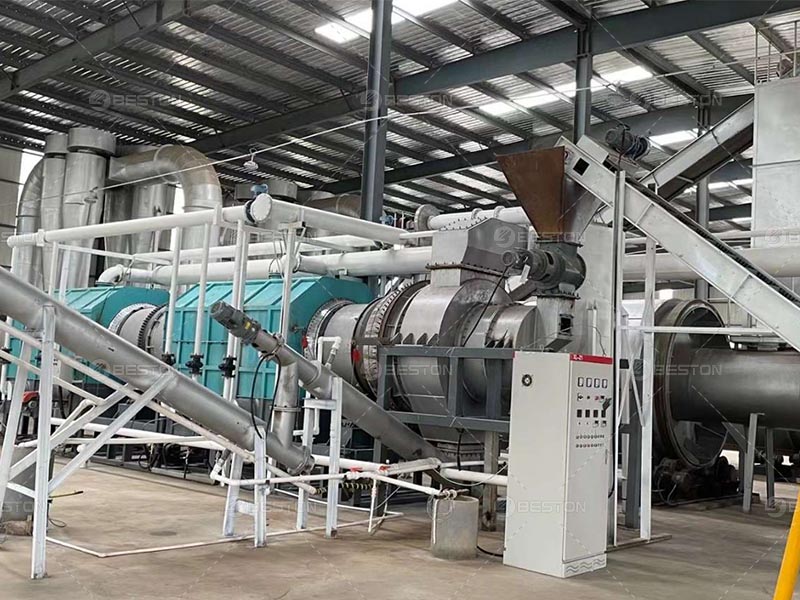The relentless growth of the global population necessitates an ever-increasing agricultural output. This pursuit, however, generates a byproduct that is often underestimated and mishandled – agricultural waste biomass. As the world grapples with sustainability challenges, the effective management and utilization of agricultural waste biomass have emerged as a critical issue. In response to this dilemma, charcoal making machines have surfaced as a promising solution, offering an environmentally sound and economically viable approach to biomass treatment.

Introduction
The Pressing Issue of Agricultural Waste Biomass
Agricultural waste biomass is a multifaceted challenge that encompasses residues from crop cultivation, forestry, and animal husbandry. These residues, in the form of crop stalks, branches, leaves, and animal waste, pose a substantial waste management problem. Inefficient handling of this biomass can lead to air and water pollution, degradation of soil quality, and the release of greenhouse gases, thereby exacerbating environmental concerns.
The Role of Charcoal Making Machine
The charcoal making machine, grounded in the principle of pyrolysis, provides a transformative approach to dealing with agricultural waste biomass. These machines convert organic waste materials into high-value charcoal, bio-oil, and syngas, offering a sustainable solution to two significant problems: waste management and clean energy production.
Understanding Agricultural Waste Biomass
Diverse Sources and Composition
Agricultural waste biomass is a diverse and complex matrix, with sources ranging from crop residues such as rice straw and corn husks to forestry byproducts like wood chips and bark. Understanding the composition of these materials is essential, as it influences the efficiency of the conversion process. Different feedstocks yield different qualities and quantities of charcoal and byproducts.
Environmental Impact of Unmanaged Biomass
When left unmanaged, agricultural waste biomass can trigger a cascade of environmental issues. Decaying biomass emits methane, a potent greenhouse gas, into the atmosphere. Soil quality deteriorates due to the leaching of harmful compounds. In essence, the mismanagement of biomass can compromise ecosystem health and contribute to climate change.

Charcoal Making Machine Technology
Pyrolysis Process and Principles
At the heart of charcoal production machine lies the pyrolysis process, which involves heating biomass in the absence of oxygen to break down organic matter. This transformative process yields charcoal, bio-oil, and syngas. The key is precise temperature and time control, influencing the quality and quantity of the final products.
Types of Charcoal Making Machine
A range of charcoal making machines is available today, catering to varying scales and feedstock types. Drum, retort, and rotary kiln systems offer different advantages and efficiencies. Choosing the right machine is essential for optimizing the conversion process and minimizing waste.
Benefits of Charcoal Production from Agricultural Waste
Economic Opportunities for Farmers
Implementing charcoal making machines can be a boon for farmers. such as a rice hull charcoal machine. It allows them to derive additional income by converting waste biomass into marketable charcoal products. This not only reduces waste disposal costs but also provides a sustainable livelihood opportunity.
Environmental Benefits and Carbon Sequestration
The environmental benefits are twofold. First, the process reduces the environmental impact of agricultural waste biomass, mitigating pollution and greenhouse gas emissions. Second, the biochar produced can be used to sequester carbon in the soil, enhancing its fertility and aiding in climate change mitigation.
Considerations for Implementing Charcoal Making Machine
Regulatory and Safety Aspects
The implementation of charcoal making machines should adhere to local and international regulations. Safety measures must also be in place to prevent accidents during operation. Compliance with emissions standards and waste disposal regulations is crucial to avoid any adverse legal repercussions.
Community and Stakeholder Engagement
Implementing these machines should involve the local community and relevant stakeholders. Transparency and education are key factors in ensuring the success and acceptance of such initiatives. Community participation can also lead to improved feedstock collection and sustainable management practices. Please consult Beston Group Co., Ltd. for the more latest information on charcoal production projects.
In conclusion, charcoal making machines represent a promising solution to the challenge of agricultural waste biomass. Understanding the intricacies of biomass composition, the technology behind charcoal production, and the associated benefits and considerations are essential for the successful integration of these machines into the agricultural sector. As the world seeks sustainable and innovative approaches to waste management and clean energy production, charcoal making machines offer a ray of hope for a greener and more prosperous future.